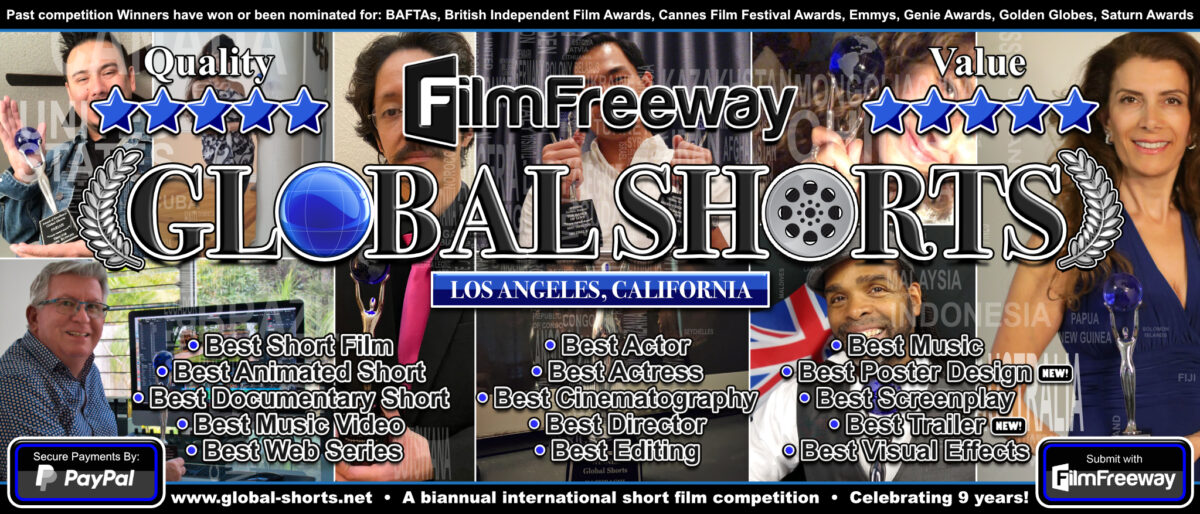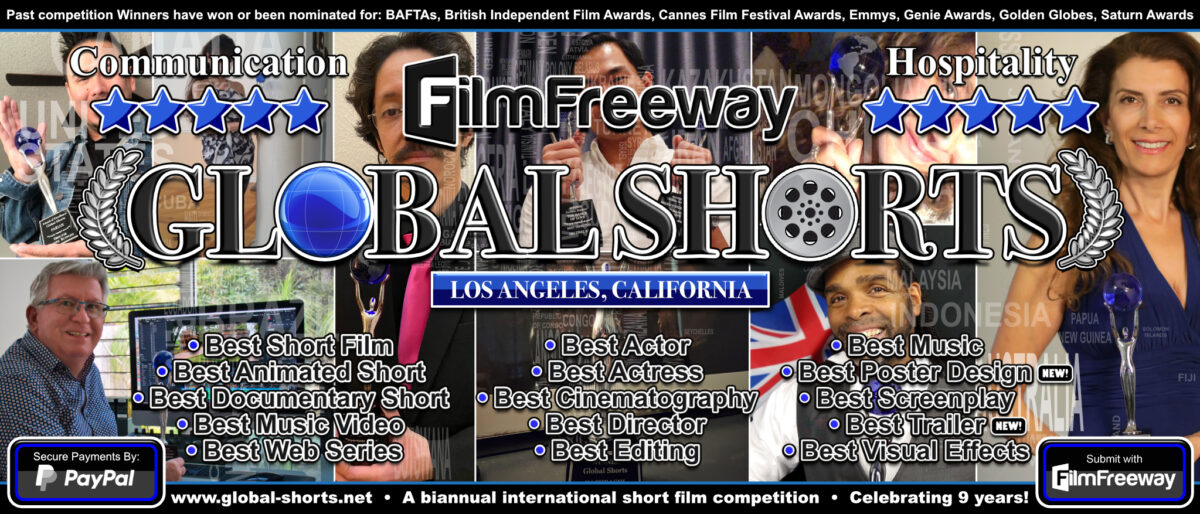GS: What was the inspiration for your film?
LG: I’ve always had an interest in people and their stories. In America we are still polarized by the social construct of race and skin color. Within my own family background it is a blend of what is American. I wanted to focus on the challenges that my biracial family members and friends face in society and use their stories as a platform to continue the positive dialogue on race.
GS: When did you conceive the idea for your film and how long did it take before it was realized?
LG: I first thought about the topic of being biracial in America when I completed my first film along with filmmaker Jermaine Thomas, “Black Tie White Tie” which was an adaptation of my book with the same title. This story chronicled the journey of my family from the colonial period to the early 20th century. We finished the film in 2016 and in 2018 we went into production. “Who is Black, Who is White” is part of my “An American Story” documentary film series. This was part one of a three part series. We finished production during the early Spring of 2019.
GS: What was the most challenging aspect of working in a short film format?
LG: Because this was part one of a three part series, “time”. For the most part we were a two man crew and we worked our normal jobs during the day and on the weekends and weeknights we had to make the film a reality. Time management was critical to the success of this project.
GS: What was the most challenging aspect of your production?
LG: To be honest, the central character Mollie. There were certain things that she didn’t want to discuss on film and I had to reassure her that her story was going to be beneficial to so many people. The schedule film shots to longer due to this however in the end she did open up….a little. Also during the winter months when there was inclement weather, we have to rely on skype during our post production phase.
GS: Do you have any advice for first-time filmmakers?
LG: Think about telling the story visually. The story has a beginning, a middle, and an end. Just tell the story and be true to the story. Don’t be afraid to push the envelop regarding your creativity. Trust your editor and cinematographer. Be willing to listen to their advice and don’t be afraid to push yourself creatively. For documentary filmmakers, be sure to have lots of B-Roll footage; photographs; voice-over narrations to help tell your story. Also watch other documentaries and films critically so that you can learn.

